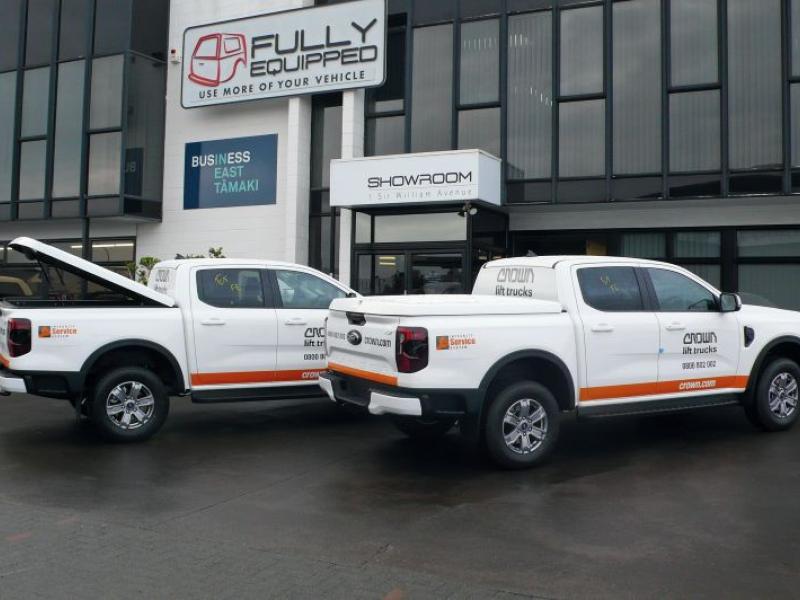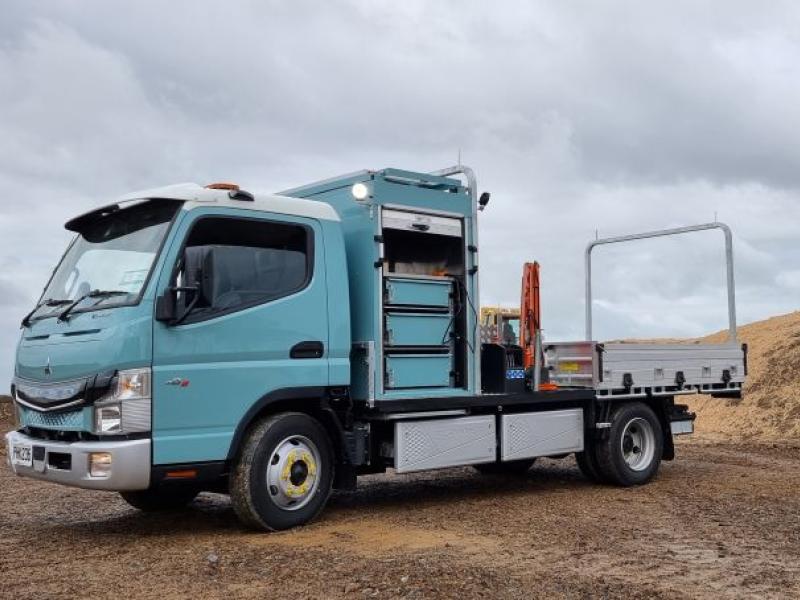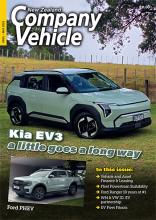|
Robert Barry discusses the criteria fleet managers need to consider for outfitting light commercial fleet vehicles and looks at some new products.
A canopy is not just a canopy, a tow bar is not just a tow bar and nor is a roof bar just a roof bar and when outfitting a vehicle for a specific need or purpose in its working life then you need a specialist to advise and guide you on the best solution going forward.
While dealers can advise you upon the range of light commercial vehicles and the engine options and dealer fit accessories, these may not always be up the job you have in mind.
When choosing a van or a utility there are many things to take into consideration before outfitting them:
What size of van do you need?
• Short wheelbase or long wheelbase.
• Height- low, medium or high roof.
What capacity and weight capability does your van need?
• How much cubic capacity do you need for your application?
• How much weight will the van carry? Heavy duty springs can be an option for some models.
What sort of load access does your van need?
• Rear door – tailgate or barn doors.
• Side door – single door or double sliding
Does your van require a roof rack?
• Gutter mounted roof rack (usually the cheapest option).
• Track mounted roof rack.
• OE mounted a point (which often restricts the roof rack’s position).
Will the Van require a tow-bar?
• What is the vans towing capacity, braked and un-braked?
• Wiring – some models need a factory supplied wiring loom which will add extra cost.
• Ground clearance – will ground clearance be an issue when the vehicle is towing to full capacity?
Will the Van have special auto electrical needs?
• Will your van need an inverter fitted to run electrical equipment such as computers, hot air guns and spot lamps? Some vehicles possess on board electronic systems which can make this a more expensive process.
• The size of the battery is another consideration. Running spot lamps and other items off the vehicle battery will often reduce its working life, and often a bigger battery or two may need to be fitted to give the required capacity.
Internal fit out
• What type of shelving is required? Standard adjustable shelving which can be moved from one vehicle to another or custom made shelving to suit a particular application?
• Safety screens/cargo barriers- driver and passenger protection is an important part of providing workplace safety.
• Lighting – is the factory fitted lighting adequate if the vehicle is used at night?
• Wooden flooring – protects the metal floor and provides a more comfortable working environment which is also easier to clean.
Utes:
What type of Ute is required?
• Two-wheel-drive.
• Four-wheel-drive.
• Single cab, extra cab, double cab, or cab/chassis which allows a specific body to be built for it.
• Weight capability. Will the Ute carry the load you have in mind?
What types of Ute accessories are required?
• Canopy, hard lid, tonneau cover, or a purpose built body such as a well side or box body.
• Tow bar – Always check if the manufacturers towing capacity is suitable for your needs.
• Bull bars, nudge bars.
• Plastic liner or spray on liner
• Roof racks – two or three bars – check if the canopy is roof rack capable, roof racks need to be level to spread the load evenly over all the cross bars.
• Front and rear goal posts (check on those available as airbags can be affected if these are mounted).
Which fit out will work for your application?
• Shelving – will side opening windows be needed in the Ute canopy if shelving needs to be accessed from the side of the vehicle as well as the rear?
• False flooring- do you need slide out drawers or lids to gain access to compartments?
• Dust sealing- reduces dust from entering through rear tailgate. (The gap is designed for water to escape from the tray when a tonneau or canopy is not fitted).
• Tailgate protection – protects the tailgate against damage when loading and unloading and is usually made of timber or aluminium checker plate.
• Lighting- Fluorescent lighting can be fitted in the back of a canopy or underneath a hard lid should the vehicle be used at night.
Now that you have made the decision on a vehicle it may be wise to approach a specialist to outfit for you, such as Jackson Enterprises who say they are NZ’s leading van interior specialists.
|
Jackson Enterprises Limited
For more than 30 years Jackson Enterprises Limited (JEL) has been fitting out specialist Vans for commercial, passenger and mobility clients.
Their satisfied clientele includes Smith and Smith Autoglass, Super Shuttle, and Accident Compensation Corporation to name but a few.
Jacksons manufacture their own vehicle seats with built-in lap and diagonal belts which are tested on an in-house test rig which simulates a crash test.
Peter Jackson and his staff have one overall guiding principle; the customer must be satisfied, not only with the layout of the vehicle but also the workmanship. All passenger vehicles must reach the high standards of a certificate of compliance and these vehicles are examined and signed off by an independent engineer.
All the staff at Jackson enterprises will help and advise on how to get the conversion that will provide the most appropriate layout and any other fittings required. This can save time and money making sure that the finished vehicle is “fit for purpose” and meets all the safety criteria.
Jackson Enterprises liaises closely with customers, local dealers, lease companies and sign writers which allows them to provide a one-stop-shop service so the vehicle leaves their premises fully fitted out, sign written and ready to work.
|






